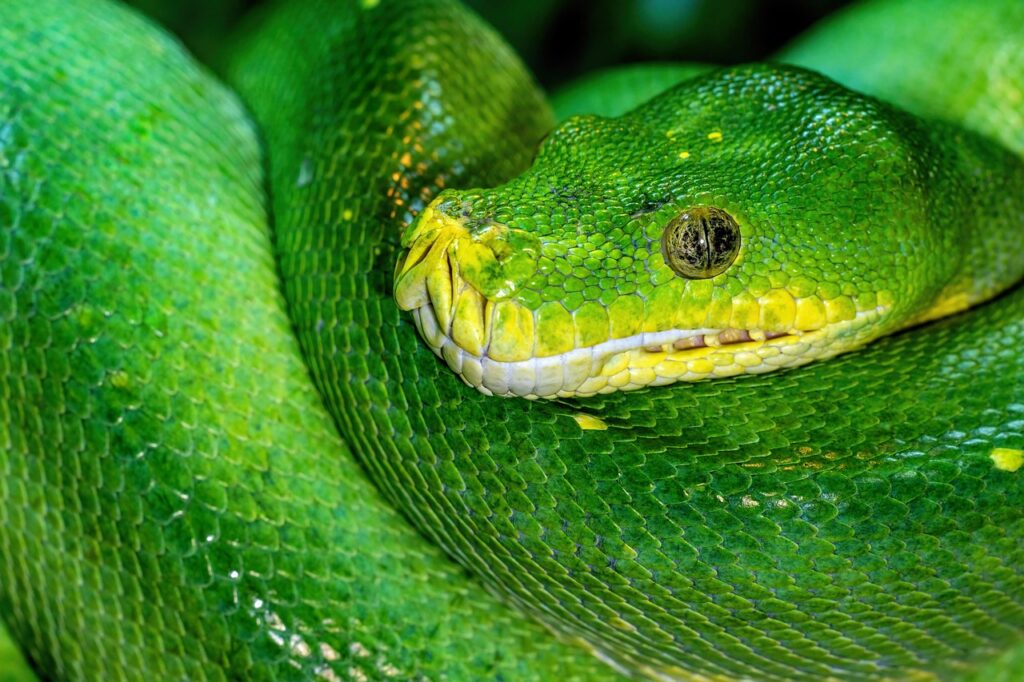In the dusty halls of paleontology museums worldwide, one debate has raged for decades with the intensity of a prehistoric thunderstorm. Picture two groups of scientists, each armed with fossil evidence, statistical models, and unwavering conviction, locked in a battle that would make even the fiercest dinosaurs proud. At the center of this academic warfare lies a creature that may or may not have existed as its species – Nanotyrannus, the so-called “dwarf tyrant.”
The controversy began in 1988 when paleontologist Robert Bakker examined a skull discovered in Montana and declared it belonged to an entirely new species of tyrannosaur. This wasn’t just any discovery – it potentially rewrote our understanding of Late Cretaceous ecosystems and challenged everything we thought we knew about T. rex development. Yet today, nearly four decades later, the scientific community remains as divided as ever, with some researchers passionately defending Nanotyrannus as a legitimate species while others dismiss it as nothing more than a juvenile T. rex.
The Discovery That Started It All
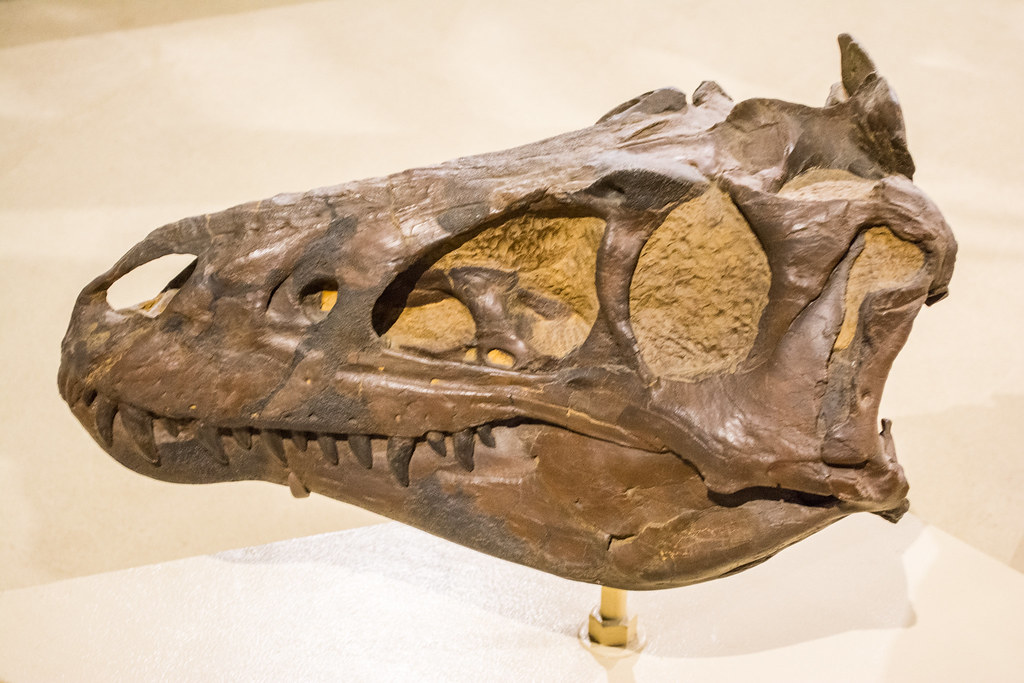
The story begins in 1942 when fossil collector David Dunkle unearthed a peculiar skull in the badlands of Montana. For decades, this specimen sat largely ignored in museum collections, initially classified as a juvenile Gorgosaurus. The skull measured just 23 inches long – roughly half the size of an adult T. rex skull – and displayed features that seemed distinctly different from what paleontologists expected to see in tyrannosaur fossils.
It wasn’t until Charles Gilmore examined the specimen more closely that questions began to surface. The skull showed what appeared to be fused sutures, suggesting it belonged to an adult animal rather than a juvenile. This observation would later become crucial evidence in the debate, as fused skull sutures typically indicate skeletal maturity in vertebrates.
When Robert Bakker and his colleagues finally described the specimen in 1988, they proposed the name Nanotyrannus lancensis, meaning “dwarf tyrant from Lance Formation.” Their argument was compelling: here was a fully grown tyrannosaur that remained small throughout its life, representing a previously unknown evolutionary branch of the tyrannosaur family tree.
The Case for Nanotyrannus as a Separate Species
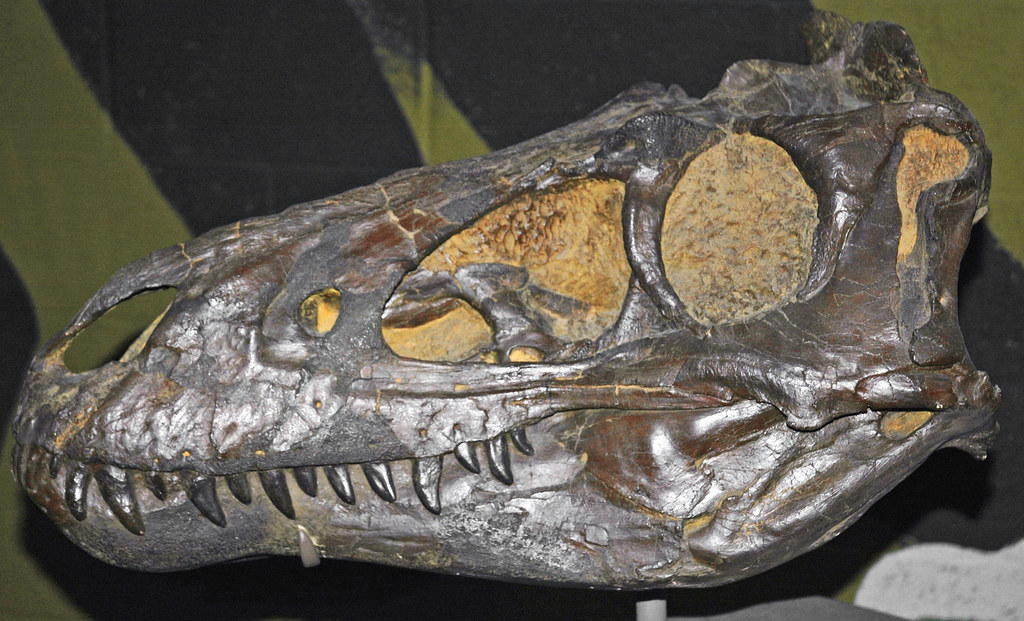
Supporters of Nanotyrannus point to several anatomical features that they argue distinguish it from T. rex. The skull proportions differ significantly, with Nanotyrannus displaying a more slender build and different tooth arrangements. The eye sockets appear proportionally larger, and the overall skull shape suggests a more gracile, agile predator compared to the massive bone-crushing T. rex we know and love.
Paleontologist Nick Longrich has been one of the most vocal advocates for Nanotyrannus validity. His research emphasizes the statistical improbability of finding only juvenile T. rex specimens in certain size ranges while discovering abundant adult remains. If Nanotyrannus were simply young T. rex, he argues, we should see a more complete size distribution in the fossil record.
The tooth count also presents compelling evidence. Nanotyrannus specimens typically show more teeth per jaw than adult T. rex, with some displaying up to 17 teeth per side in the upper jaw compared to T. rex’s 12-13. This difference suggests distinct feeding strategies and potentially different ecological niches, supporting the argument for separate species status.
The Growth Pattern Mystery
Understanding dinosaur growth patterns has become central to this debate, and the evidence creates more questions than answers. Modern reptiles and birds show tremendous variation in their growth rates, and applying these patterns to extinct species requires careful interpretation. Some researchers argue that tyrannosaurs may have experienced rapid growth spurts followed by periods of slower development, potentially explaining the apparent gap in intermediate-sized specimens.
Bone histology studies have revealed fascinating insights into tyrannosaur development. When scientists examine thin sections of bone under microscopes, they can identify growth lines similar to tree rings that indicate the animal’s age at death. These studies suggest that some “Nanotyrannus” specimens may have been younger than initially thought, though the interpretation remains controversial.
The growth hormone theory adds another layer of complexity to the debate. Some paleontologists propose that environmental factors, disease, or genetic variations could have caused some T. rex individuals to remain smaller throughout their lives, creating the appearance of a separate species. This phenomenon occurs in modern animals and could explain the distinctive features observed in Nanotyrannus specimens.
Juvenile T. rex: The Opposition’s Argument
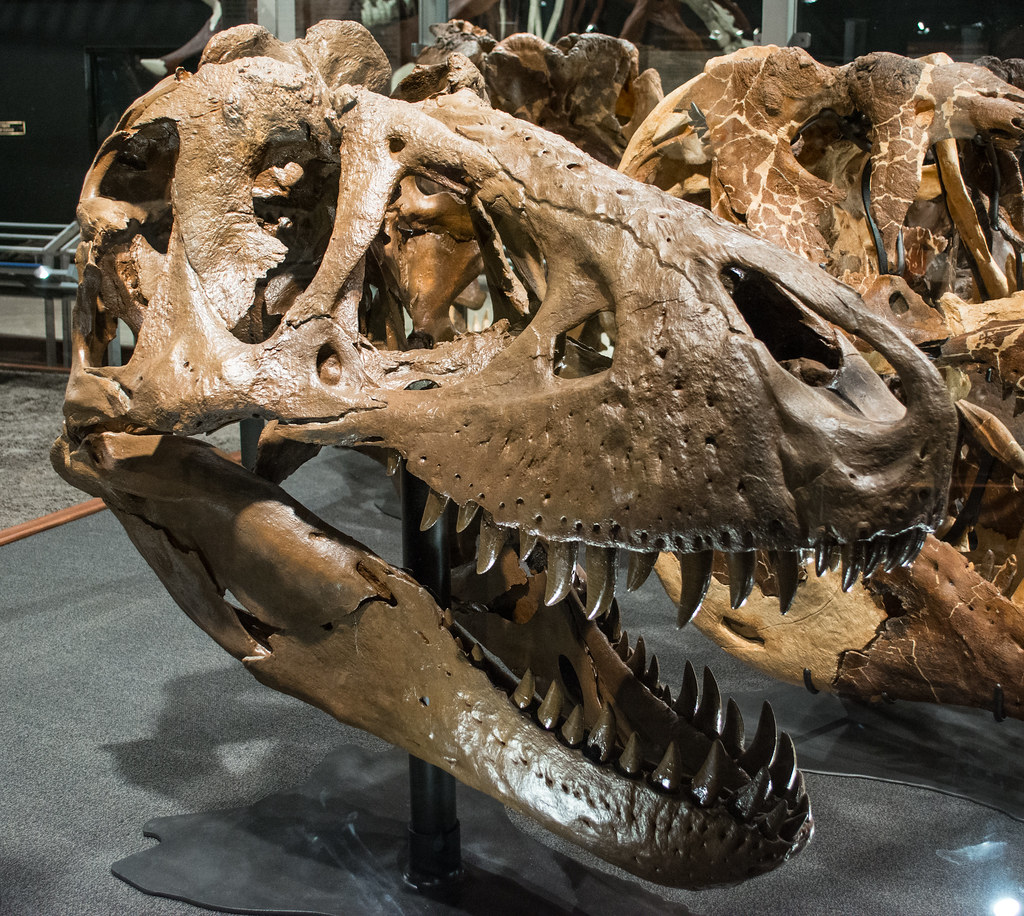
The scientific community opposing Nanotyrannus’s validity presents equally compelling arguments. Leading paleontologist Thomas Holtz argues that all supposed Nanotyrannus specimens represent juvenile T. rex individuals that hadn’t reached full maturity. His position is supported by developmental biology principles that show dramatic changes in skull proportions as animals mature.
Jack Horner, one of the most prominent T. rex researchers, has consistently maintained that Nanotyrannus is a case of mistaken identity. His team’s analysis of bone tissue samples from controversial specimens revealed growth patterns consistent with juvenile animals still in their developmental phase. The bone structure showed the rapid growth characteristics typical of young tyrannosaurs, not the slower growth expected in adult animals.
The tooth count argument has also been challenged by recent discoveries. Some researchers point out that tooth replacement in tyrannosaurs was continuous throughout life, and younger animals often possessed more teeth that were gradually lost as they matured. This natural dental development could explain the higher tooth counts in supposed Nanotyrannus specimens.
The Size Problem in Paleontology
One of the most perplexing aspects of the Nanotyrannus debate involves the apparent size gap in the fossil record. If Nanotyrannus specimens are indeed juvenile T. rex, why don’t we find more intermediate-sized individuals representing the transition between small juveniles and massive adults? This question has puzzled paleontologists for decades and remains one of the strongest arguments in favor of Nanotyrannus’ validity.
Several hypotheses attempt to explain this size gap. Some researchers suggest that juvenile tyrannosaurs faced higher mortality rates, making their preservation as fossils less likely. Others propose that intermediate-sized individuals may have occupied different environments or engaged in behaviors that reduced their fossilization potential.
The preservation bias theory suggests that certain geological conditions favored the fossilization of very young and very old tyrannosaurs while creating conditions unfavorable for preserving intermediate stages. This selective preservation could create the illusion of distinct species when examining the fossil record. However, critics argue that such specific preservation patterns would be unprecedented in paleontology.
New Technology Sheds Light on Old Bones
Recent advances in scientific technology have provided new tools for examining this ancient mystery. CT scanning allows researchers to peer inside fossilized skulls without damaging specimens, revealing internal structures that were previously inaccessible. These scans have shown that some Nanotyrannus specimens display brain cavity sizes and shapes that differ from what would be expected in juvenile T. rex.
Isotope analysis has opened another avenue of investigation. By examining the chemical composition of fossil bones, scientists can infer information about diet, habitat, and even age at death. Some studies suggest that Nanotyrannus specimens lived in slightly different environments than T. rex, potentially supporting the separate species hypothesis.
Advanced statistical modeling has also contributed to the debate. Researchers now use sophisticated computer algorithms to analyze growth patterns, skull measurements, and other anatomical features across multiple specimens. These analyses have produced conflicting results, with some studies supporting Nanotyrannus validity while others reinforce the juvenile T. rex interpretation.
The Ecological Implications
If Nanotyrannus truly represents a separate species, it would fundamentally change our understanding of Late Cretaceous ecosystems. Two closely related tyrannosaur species coexisting in the same environment would suggest different ecological niches, feeding strategies, and competitive relationships. This scenario would paint a picture of a more complex and diverse tyrannosaur community than previously imagined.
The implications extend beyond simple species counts. Different-sized tyrannosaurs would have hunted different prey, potentially reducing competition and allowing both species to thrive. Nanotyrannus, with its more slender build and higher tooth count, might have specialized in hunting smaller, more agile prey, while T. rex dominated as the apex predator of large herbivores.
However, the ecological argument cuts both ways. Critics point out that having two closely related apex predators in the same ecosystem would be unusual and potentially unsustainable. Modern ecosystems rarely support multiple large predator species with similar ecological requirements, suggesting that the Nanotyrannus-as-separate-species hypothesis may be ecologically implausible.
The Role of Sexual Dimorphism
Another theory that has entered the debate involves sexual dimorphism – the possibility that male and female T. rex exhibited significant size differences. Some researchers propose that Nanotyrannus specimens might represent the smaller sex of T. rex, similar to how female birds of prey are often much larger than males. This hypothesis could explain the consistent size differences while maintaining T. rex as a single species.
The sexual dimorphism theory faces its challenges. Unlike many modern animals that show clear size differences between sexes, the proposed dimorphism in T. rex would be extreme – potentially unprecedented among terrestrial vertebrates. Additionally, the anatomical differences between Nanotyrannus and T. rex extend beyond simple size variations to include proportional changes that are difficult to explain through sexual dimorphism alone.
Recent studies have attempted to identify sex-linked characteristics in tyrannosaur fossils, but the results remain inconclusive. Without clear indicators of biological sex in fossil specimens, testing the sexual dimorphism hypothesis proves nearly impossible. This uncertainty adds another layer of complexity to an already intricate debate.
The Molecular Evidence We’ll Never Have

One of the most frustrating aspects of the Nanotyrannus debate is the absence of molecular evidence that could definitively resolve the question. DNA analysis, which has revolutionized modern taxonomy, cannot be applied to fossils this ancient. The genetic material that could instantly distinguish between separate species and growth stages has long since degraded beyond recovery.
Without molecular data, paleontologists must rely on morphological characteristics – the shape, size, and structure of bones and teeth. This limitation forces researchers to make inferences about biological relationships based on incomplete evidence, leading to the persistent disagreements we see today. The debate highlights the inherent challenges of studying extinct life forms and the limitations of paleontological methods.
The absence of soft tissue preservation in most specimens further complicates the situation. Many characteristics that distinguish related species in modern animals – such as coloration, behavior, and internal anatomy – leave no fossil record. This missing information creates gaps in our understanding that may never be filled, regardless of technological advances.
International Perspectives on the Debate
The Nanotyrannus controversy has attracted attention from paleontologists worldwide, with researchers from different countries and institutions offering varying perspectives. European paleontologists have generally been more skeptical of the Nanotyrannus hypothesis, while some North American researchers have been more receptive to the possibility of a separate species. These regional differences in interpretation reflect varying approaches to taxonomy and species definition.
Cultural factors may also influence how scientists approach the debate. Some research traditions emphasize conservative approaches to naming new species, requiring overwhelming evidence before accepting taxonomic changes. Others are more willing to recognize subtle differences as evidence of distinct species. These philosophical differences contribute to the ongoing disagreement and highlight the subjective nature of species definition in paleontology.
International collaboration has become increasingly important as new specimens are discovered and analyzed. Joint research projects between institutions have produced some of the most comprehensive studies on the topic, though even these collaborative efforts have failed to reach consensus. The global nature of the debate demonstrates both the universal fascination with dinosaurs and the challenges of scientific communication across cultural boundaries.
The Impact on Popular Culture
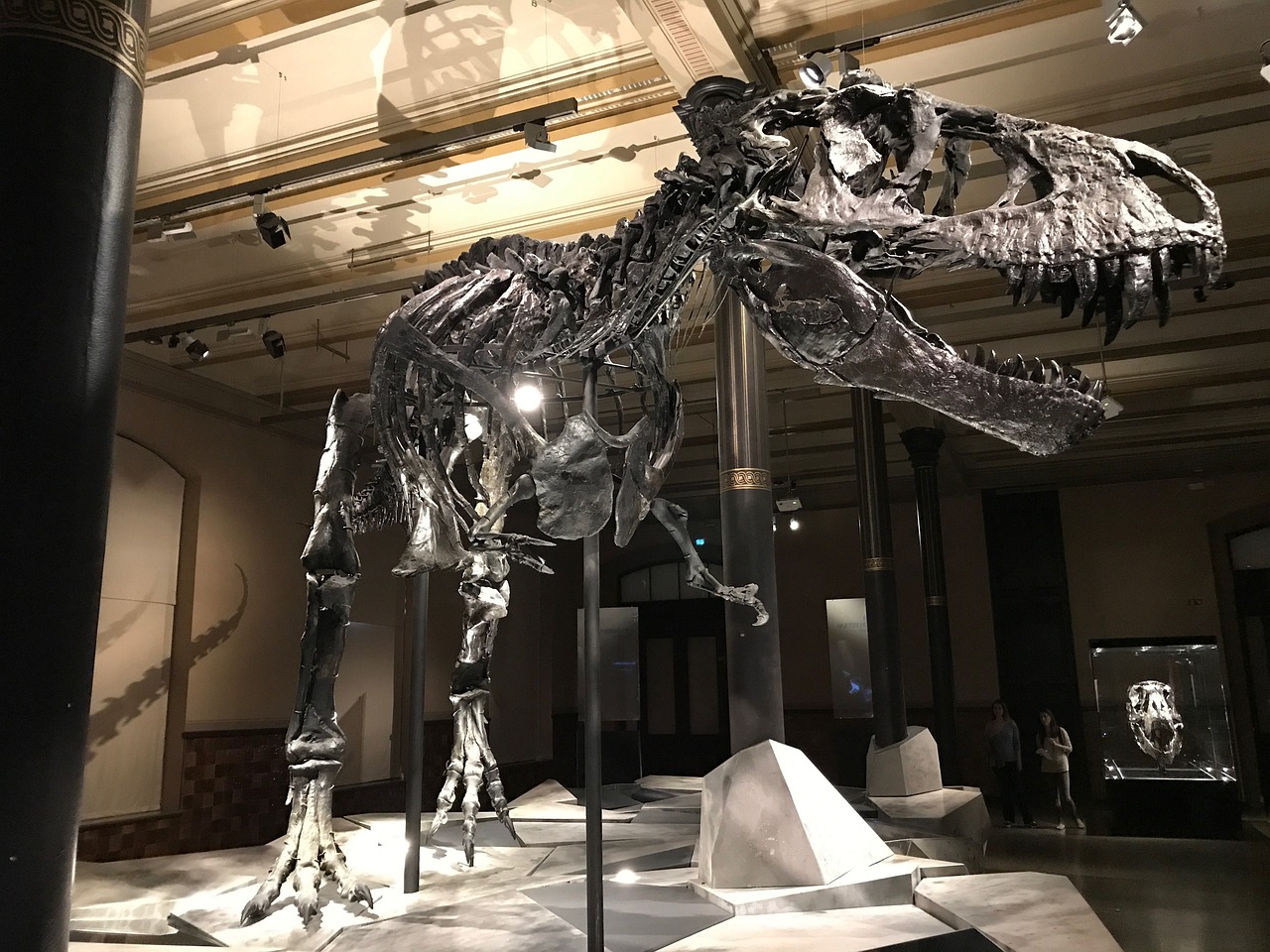
The Nanotyrannus debate has captured the public imagination in ways that extend far beyond academic circles. Popular science magazines, documentaries, and museum exhibits have featured the controversy, often presenting it as a mystery waiting to be solved. This media attention has brought paleontological methodology into the spotlight, giving the public insight into how scientific knowledge is constructed and debated.
The controversy has also influenced how museums present tyrannosaur exhibits. Some institutions display Nanotyrannus specimens with explanatory text acknowledging the ongoing debate, while others have chosen to label them as juvenile T. rex. These curatorial decisions reflect the institutions’ interpretations of the evidence and their approaches to presenting uncertain science to the public.
Educational implications of the debate extend to classrooms and textbooks. Science educators must navigate the uncertainty surrounding Nanotyrannus while teaching students about dinosaur diversity and evolution. The controversy provides an excellent example of how scientific knowledge evolves and how experts can disagree while maintaining professional respect and rigorous standards.
Recent Discoveries and Future Directions
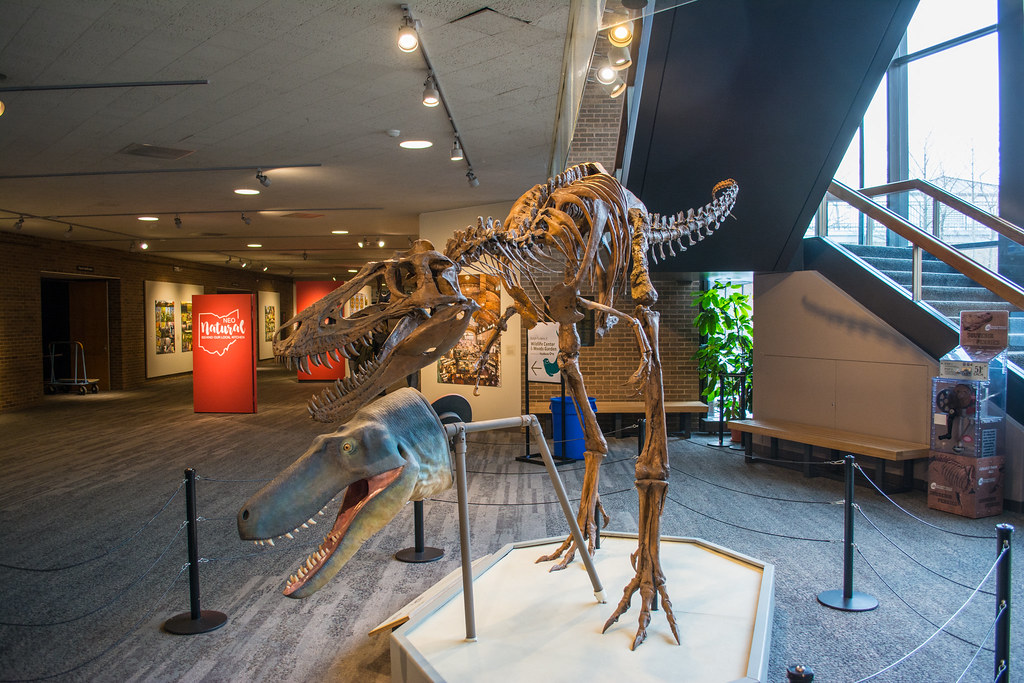
New fossil discoveries continue to add fuel to the Nanotyrannus debate. Recent excavations in Montana and other western states have uncovered additional specimens that may provide crucial evidence for resolving the controversy. Each new find brings the possibility of finally answering the question that has puzzled paleontologists for decades.
Advanced preparation techniques have also revealed previously hidden details in existing specimens. Careful removal of rock matrix using precision tools and chemical methods has exposed bone surfaces that were previously obscured. These newly visible features sometimes support one side of the debate while contradicting the other, adding complexity to an already intricate puzzle.
The future of Nanotyrannus research lies in the integration of multiple lines of evidence. Combining traditional morphological analysis with cutting-edge imaging technology, chemical analysis, and statistical modeling may eventually provide the comprehensive understanding needed to resolve the debate. However, the complexity of the evidence suggests that a definitive answer may remain elusive for years to come.
The Philosophical Questions Behind the Science
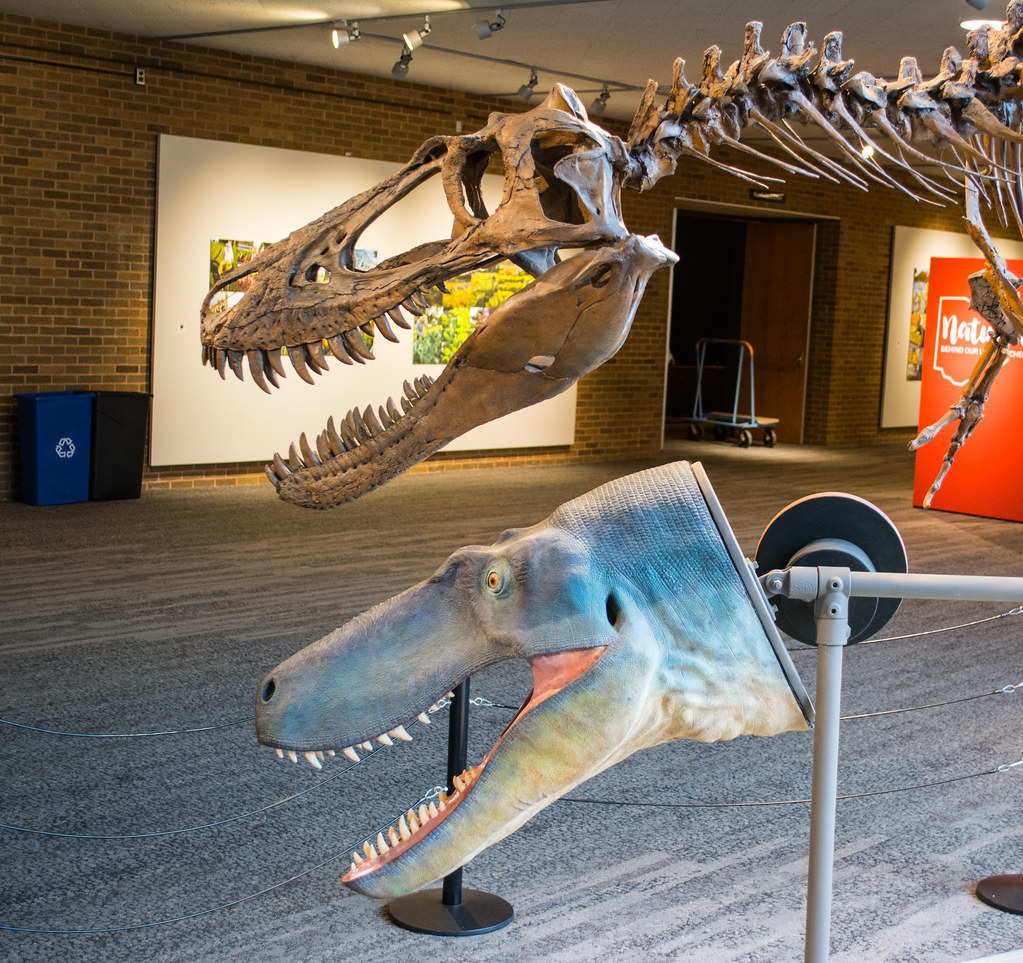
At its core, the Nanotyrannus debate raises fundamental questions about the nature of species and how we define them. What constitutes sufficient evidence to recognize a new species? How do we distinguish between individual variation within a species and differences between separate species? These questions challenge the very foundations of biological classification and highlight the subjective elements inherent in taxonomic decisions.
The debate also illustrates the tension between scientific certainty and practical necessity. Paleontologists must make decisions about specimen identification and display even when evidence is incomplete or contradictory. This requirement forces researchers to take positions that may later be proven incorrect, creating a dynamic relationship between current understanding and future discoveries.
The philosophical implications extend to broader questions about scientific methodology and the nature of knowledge. The Nanotyrannus controversy demonstrates how intelligent, well-trained scientists can examine the same evidence and reach different conclusions. This reality challenges popular misconceptions about scientific certainty and highlights the provisional nature of all scientific knowledge.
Conclusion
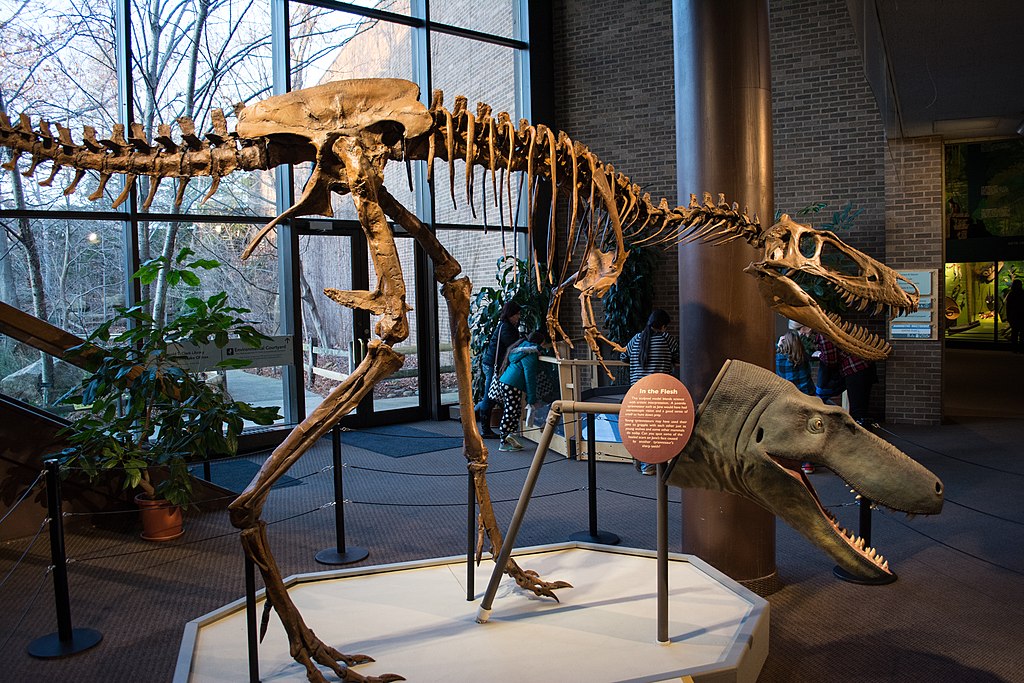
As we stand at the crossroads of paleontological discovery, the Nanotyrannus debate continues to evolve with each new fossil find and technological advancement. The controversy has pushed the boundaries of tyrannosaur research, forcing scientists to develop new methods and approaches for studying extinct life. Whether Nanotyrannus ultimately proves to be a distinct species or a juvenile T. rex, the debate has already enriched our understanding of dinosaur biology and evolution. The passionate disagreement among experts serves as a reminder that science thrives on questioning, testing, and reevaluating our assumptions about the natural world. What other mysteries might be hiding in museum collections, waiting for the right combination of evidence and insight to finally reveal their secrets?

